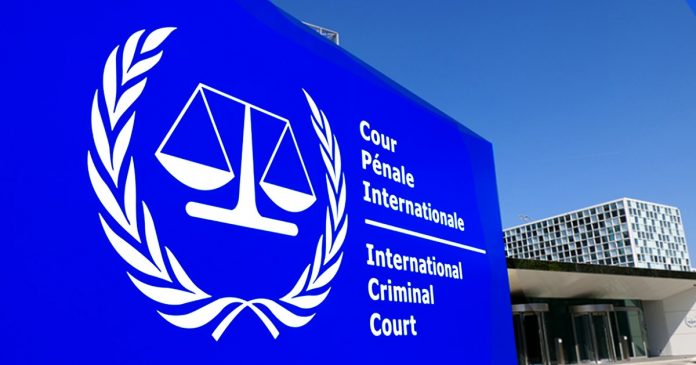Warren Buffett’s Berkshire Hathaway has reported a strong rebound in third-quarter earnings, powered by a resurgence in its insurance operations and disciplined capital management that lifted its cash holdings to an unprecedented level.
The company’s results mark both its financial strength and Buffett’s trademark conservatism, even as markets await a leadership transition that will mark the end of an era for the 95-year-old investor.
The conglomerate’s operating profit — a key measure that excludes investment gains and losses — climbed 34% year over year to $13.49 billion. The growth was largely driven by a surge in insurance underwriting income, which rose more than 200% to $2.37 billion. Stronger performance in its GEICO unit, coupled with higher premium pricing and improved catastrophe management, helped reverse previous underwriting losses. The results, according to some analysts, highlight Berkshire’s ability to capitalize on rising insurance demand in a volatile global market.
Buffett’s decision to keep Berkshire’s cash stockpile untouched drew particular attention. Despite the firm’s share price decline earlier this year, Berkshire did not execute any buybacks during the first nine months of 2025. The restraint is consistent with Buffett’s view that buybacks should only occur when shares trade below intrinsic value — a threshold he clearly does not believe has been met. The absence of repurchases pushed Berkshire’s cash reserves to a record $381.6 billion, surpassing the previous high of $347.7 billion reached in the first quarter.
The company also disclosed that it was a net seller of equities during the quarter, unloading shares for a taxable gain of $10.4 billion. Buffett has often cautioned against chasing overpriced stocks and has been content to hold cash until what he calls “fat pitch” opportunities emerge.
There aren’t many things that look cheap to us right now, Buffett remarked earlier this year, reflecting his cautious stance amid a soaring stock market.
Berkshire’s shares have gained about 5% in 2025, trailing the S&P 500’s 16.3% rise — a gap analysts attribute partly to investor unease over Buffett’s impending retirement. The legendary investor announced in May that he will step down as chief executive at the end of the year after six decades at the helm. Greg Abel, Berkshire’s vice chairman overseeing non-insurance operations, will take over as CEO and begin penning shareholder letters from 2026. Buffett will remain chairman of the board, ensuring a measure of continuity in the conglomerate’s famously decentralized management structure.
Following the succession announcement, Berkshire’s shares fell by double digits from their all-time highs, pointing to what many call the erosion of the “Buffett premium” — the extra valuation investors assign to the company because of Buffett’s unparalleled reputation for capital allocation and long-term discipline. Still, analysts say the company’s fundamentals remain strong, with operating subsidiaries like BNSF Railway, Berkshire Hathaway Energy, and Precision Castparts delivering consistent earnings.
The quarter also saw Berkshire make its largest acquisition since 2022 — a $9.7 billion all-cash purchase of Occidental Petroleum’s petrochemical arm, OxyChem. The deal expands Berkshire’s footprint in industrial and energy assets, complementing its long-standing investment in Occidental’s equity and its broader exposure to the oil and gas sector. It comes on the heels of Berkshire’s $11.6 billion purchase of Alleghany Insurance three years ago.
Including investment gains from its massive stock portfolio — which features holdings in Apple, Coca-Cola, American Express, and Chevron — Berkshire’s overall earnings rose 17% year-on-year to $30.8 billion. The company’s Apple stake, worth more than $150 billion, remains its largest single holding, although Buffett recently trimmed the position slightly to manage tax liabilities.
Analysts believe Berkshire’s mounting cash reserves could soon position it as a stabilizing force if equity valuations correct. Buffett is essentially sitting on a war chest the size of a small nation’s GDP. If valuations come down, Berkshire will be in the strongest position globally to act.






